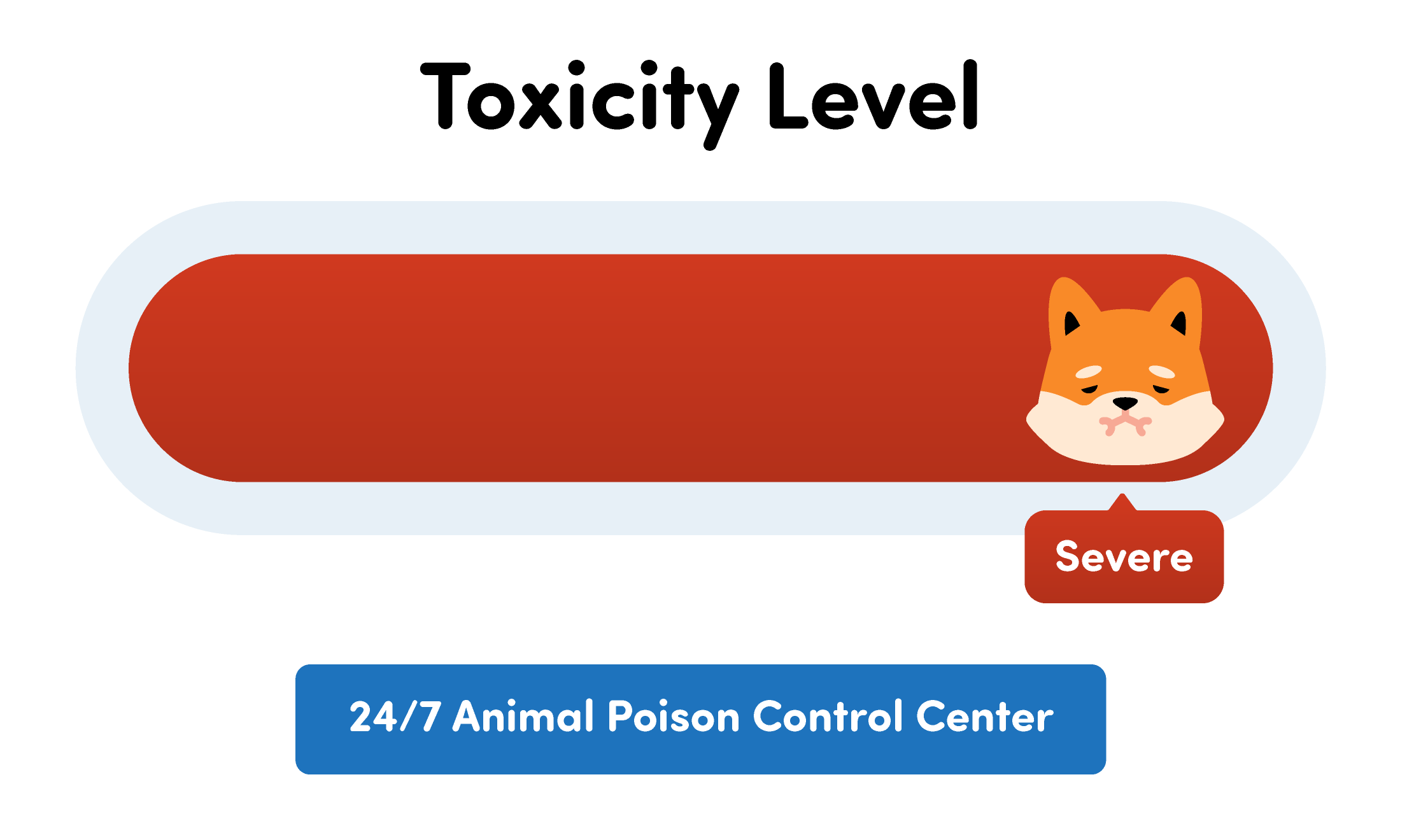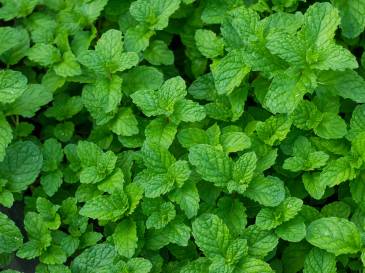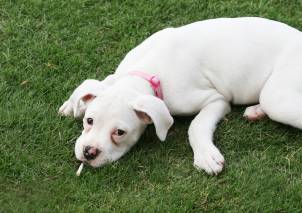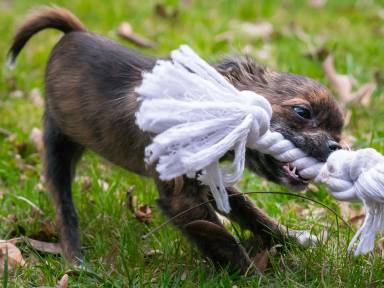Oleanders are a very popular plant used in gardens in the southern and coastal areas of the country. One of the reasons they’re so popular is because they’re easy to grow and don’t require a lot of work. However, these plants can be dangerous to dogs.
Connect with a verified veterinarian in minutes. Licensed vets are available 24/7 to answer your questions. No need to worry about your furry family member.
What are Oleanders?
Oleanders are shrubs that produce beautiful flowers. They are drought-tolerant and aren’t too difficult to care for. What’s more, they can grow in a wide range of conditions including poor soil, salt spray, high pH, reflected heat (from sidewalks and pavement), and more. However, they don’t do well in the winter.
There are several types of oleanders, but the main plant found in North America is the Nerium oleander. The second most common is the Thevetia peruviana, which is found in Mexico and Central America.
Oleanders are not safe to grow in your garden or yard if you have small children or pets. This is because all parts of the plant are toxic. Ingesting any part of the plant—from the leaves, flowers, or shoots, can result in fatality. Plus, contact with the foliage and flowers can cause sever skin irritation or even allergic reactions.
Oleander Poisoning in Dogs
Oleanders contain toxic substances called cardiac glycosides. These can cause gastrointestinal issues, neurologic problems, heart problems, and even death.
You may notice these symptoms if your dog has ingested parts of an oleander plant:
- Drooling
- Nausea
- Vomiting
- Diarrhea
- Abdominal pain
- Sleepiness
- Dilated pupils
- Lack of coordination
- Lethargy
- Weakness
- Abnormal heart rate
- Quivering of the heart
- Collapse
- Death
If you know or suspect your dog has eaten any part of the oleander plant, then call the vet immediately. This is a life-threatening medical emergency. Your dog needs help now.

Review symptoms, medications & behavior to keep your pets healthy with a Vet Online in just minutes.
Ask a Vet Live NowTreatment of Oleander Poisoning in Dogs
At the vet’s, they will perform a physical exam of your dog, along with lab work. The vet may induce vomiting, or they may give your dog activated charcoal. In addition, the vet will monitor your dog’s heart and provide IV therapy for symptoms that may arise.
Most dogs who have eaten oleander will need to spend some time in the hospital. The length of time required in the hospital will depend on the number and severity of symptoms the dog experiences.
The prognosis for dogs that have eaten oleander really depends on being treated as soon as possible. If a dog receives aggressive care right away, then they have a better outcome in most cases. Even after the dog comes home, recovery can take some time.
Connect with a verified veterinarian in minutes. Licensed vets are available 24/7 to answer your questions. No need to worry about your furry family member.

Kyoko
Kyoko is from a family of 3 and moved to New York with her parents and siblings when she was 13. Kyoko is fond of spending a great amount of time with pets, specifically her beagle Luna and cat Missy. Her boyfriend often complains that she spends too much time giving attention to their animals. Kyoko has written dozens of articles concerning pets and is aiming at owning a pet shop one day!
Review symptoms, medications & behavior to keep your pets healthy with a Vet Online in just minutes.
Ask a Vet Live Now




